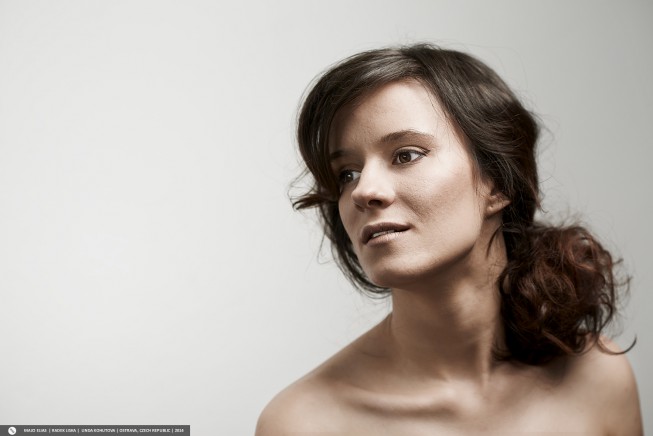Naked Portraits

Depending on the visual culture where you live, the genre called naked portraiture may be an occasional part of the “advertising environment” around you. It also turns up in beauty contests and in the marketing materials for cosmetics, hairstyles, and various other products. It combines nakedness and portraiture, though not necessarily in an erotic, unfit-for-television, or offensive way. After all, if it did, it would not be as widely used in advertising—at least in Europe—as it is. If you’re curious about this subgenre, how to photograph it, and what to avoid, read on.
The “naked portrait” subgenre is marked by simplicity and a certain elegance and passion. And if nothing else, it’s practically de rigeur for photographing beauty contests. Because of this, every photographer should know how to work with it.
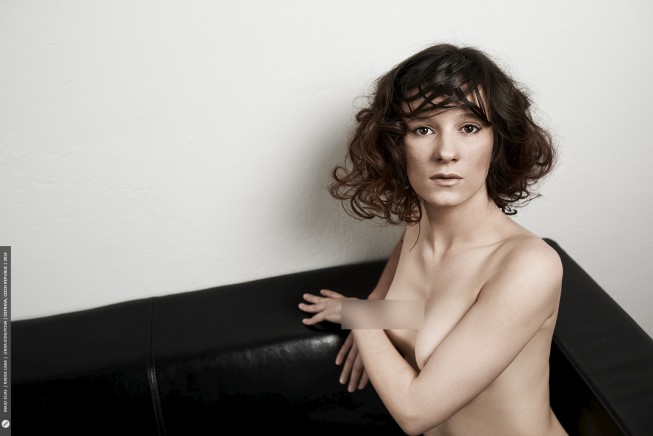
Light
For portrait photography, light must be gentle and very diffuse. Keep in mind that this subgenre typically has women—who are stereotypically considered the gentler half of humanity—as its subjects. Their “nakedness” in this genre serves to underline and emphasize this gentleness. Because of this, hard, contrasting light is out of the question here. (For more on portrait lighting, read our article about doing portrait photography with natural light.)
Watch out for Skin Marks
Before starting the session, ask the model to take off their lingerie, and wear something looser-fitting, such as a free-flowing t-shirt or a robe. Giving their skin time to recover will save you time later on, because then you won’t have to retouch away bra marks. Then ask the model to take skin cream and rub it on the areas of their body (except the face) that will be in the photographs. This gives them more supple skin and above all a more consistent skin color. For this type of portrait, there is nothing worse than spotty skin.
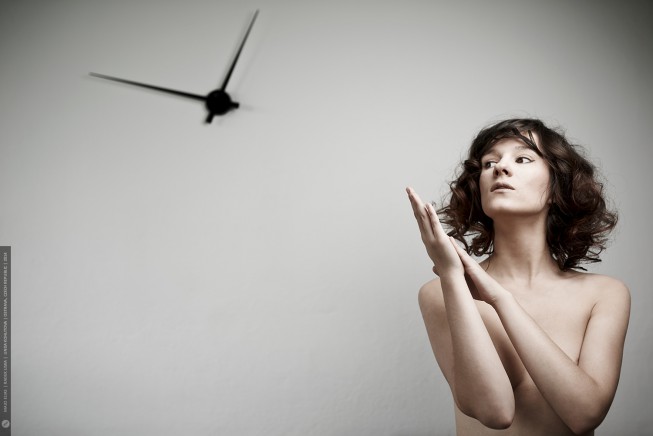
Consistent Backgrounds
Generally, the simpler a naked portrait is, the better. Because of this, any backdrop that calls attention to itself does more harm than good. For studio work, a uniform white or black background is usually used. But if you are going to work with natural light, that’s generally not practical, so use a very large aperture, in order to “blur up” the background as much as possible and to leverage your lens’s bokeh. This will give you very soft-looking photos, and that’s right in line with the goal—softness—of the naked portrait genre.
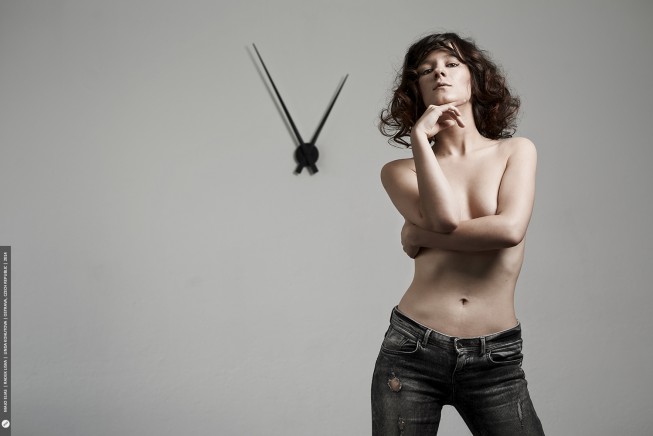
Makeup
Makeup is important for all portrait photography, but doubly important for naked portraits. This genre is so minimalist that the few details that do remain have to be perfect. So it’s great to have a professional makeup artist at the shoot. These professionals enjoy working on this kind of shoot. This genre makes their work highly visible, making it a superb reference for future customers.
Pose-free Posing
To repeat myself a bit: naked portraits are about simplicity—so don’t think up complicated poses. Avoid the old clichés such as hands on the breasts, which can look very amateurish and cheap, even if your model might tell you otherwise. Also, even though you’re only doing a portrait, it’s very important for the model to have correct posture. Your first choice for the model’s shoes should always be high heels, as they will definitely help them achieve the right pose.
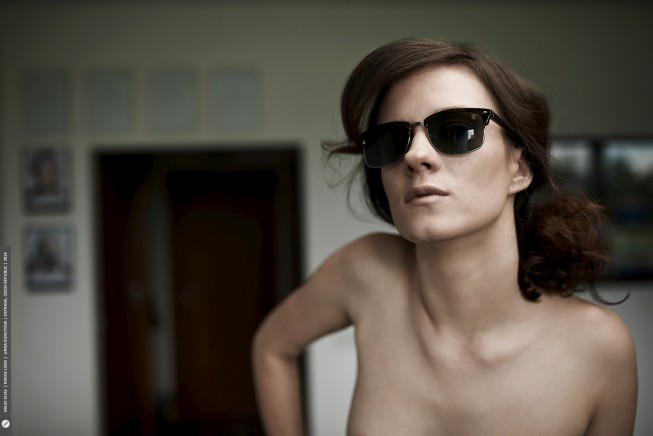
It’s sometimes said that simple is beautiful. And it’s true! For naked portraits, it’s all the truer. There’s also the unwritten rule that the simpler a picture seems, the more complicated it really is. In short, we know that in reality, photos in this genre represent a lot of work. So if you’ve put in that work, don’t hesitate to upload your pictures to Zonerama and share your results!
